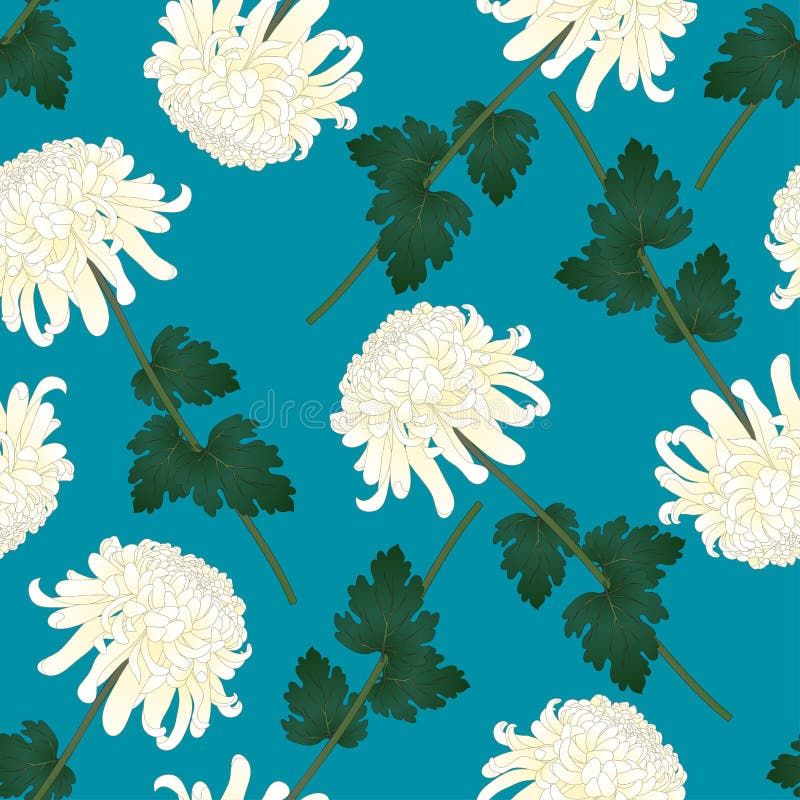Table Of Content

You just need to be willing to connect with nature and express yourself through it. Leaves may be removed or trimmed, and stems are often cut at an angle. This process is not just functional; it’s a way of connecting with the materials, understanding their characteristics, and appreciating their beauty.
Types of Authentic Japanese Garden Design You Should Know
Over the next few hundred years, Ikebana continued to grow and develop, becoming not just a staple of Buddhism, but a staple of Japanese culture as a whole. This became even more apparent in the late nineteenth century when Western culture was introduced to Japan. Some flower masters embraced Western blooms and incorporated them into the arrangements. The most notable was Unshin Ohara who broke away from the Ikenobo School and started the Ohara School. He soon created the Moribana style, meaning ‘piling up of flowers,’ which took a much freer approach than previous styles, but still emphasized uneven numbers and asymmetry in the arrangements. There are three common Moribana styles—upright, slanting, and water-reflecting—with many variations within each style.
by Anika Ogusu LIFESTYLE
In recent years, the practice has inspired contemporary artists like Camille Henrot and a wide swath of floral artists, who use the tenets of ikebana to develop new, original creations. By the end of the eighteenth century the interplay between Rikka and Nageire gave rise to a new type of flower arrangement called Seika, which literally means fresh-living flowers. With the ascendency of the samurai class from the 14th century, feudal lords gained stature and supremacy, and they wished to display their wealth and power. The final arrangement is often displayed along with a drawing or a painting of a natural scenery. It allows to keep a connection between nature and its representation that is the bouquet, which also is a human creation. Flowers and plants can be used for their aesthetic aspects, but for the Japanese, they are also embedded with symbolic values playing an important role in the composition.

My Modern Met
In the Rikka style, it is essential that the nine positions be honored; but doing so, with the understand that within this structure there is room for personal expression, is the secret to Rikka. The most captivating feature, in our opinion, was the wonderfully wonky pine tree, leaning on its own crutch. Its unconventional shape meant it was rejected by other gardeners, but it was exactly this unusual form which made the designer want to use it. The colors are also richer, due to an increased flower pigmentation. Such is the regard for the Japanese iris in America that entire gardens, such as the Ensata Gardens in Michigan, are dedicated to their culture, and attract thousands of visitors. Since the Japanese iris was first introduced to America in the late 19th century, it has become an essential part of many transatlantic gardens.
If you’ve ever seen a cherry blossom in real life, in pictures, or represented in art, then you already have a good idea of what a peach blossom looks like. These flowers are very similar and are produced in similar clusters along the slender stems and branches of peach trees. In Japan, the winter peonies symbolize nature’s ability to survive the winter.
Who practices ikebana?
Its founder, Sofu Teshigahara (whose father was also an ikebana master), is credited with elevating ikebana from a technical practice to an art at the level of sculpture, which is how it is has been viewed ever since. The object then, is the queen, which is one-third of the subject’s size and is placed in the front center. “Once you have the subject and object placed, 90% of your work is done,” says Asae. They should be somewhere in between the subject and object, or roughly two-thirds of the length of the shushi.

Study Garden
During these times women were often given a name that referred to a specific plant which grew in the tsuboniwa next to her quarter. Kasuga-style lanterns (灯籠 Toro) are the most common type and can be found in almost every traditional Japanese garden. This type of garden is one of the oldest in Japan, and is still common today. Unlike most other types, the study garden (書院造庭園Shoinzukuri Teien) isn’t designed for visitors to wander around, but rather to enjoy it from the study, like a painting. The most common layout for a Study garden begins with a pond nearest to the visitor, with the garden leading the view up an incline beyond.
Explore the art of Japanese flower arrangement at Cranbrook - Oakland Press
Explore the art of Japanese flower arrangement at Cranbrook.
Posted: Thu, 06 Oct 2022 07:00:00 GMT [source]
Japanese primrose is an attractive plant that produces a rosette of foliage from which pinwheel-like whorls of delicate flowers rise atop narrow stems. The plants grow to be about two feet tall and bloom in pretty shades of pink, purple, magenta, red, and white. Ikebana, also known as kado, is a traditional Japanese flower arrangement, with seasonal elements chosen to be symbolic of a theme or with colors to complement a room's decoration. With the emphasis on line, form, and shape, you’ll find leaves and stems are often more important than blooms in your arrangement—which might be a reversal from your usual focus. It’ll be a great challenge to reframe the way you look at natural elements in design.
When the tea ceremony emerged, another style was introduced for tea ceremony rooms called chabana. This style is the opposite of the Momoyama style and emphasises rustic simplicity. The simplicity of chabana in turn helped create the nageirebana or 'thrown-in' style. The practice of flower arranging gradually moved from the temples to the imperial court, where it was adopted by the nobility.
As one of the most distinguished forms of Japanese art, Ikebana holds a special place in the hearts of the Japanese people. It symbolises the country’s deep respect for nature and its propensity to find beauty in simplicity and subtlety. It embodies the spirit of ‘Mono no Aware,’ a Japanese concept that appreciates the fleeting beauty of transient things. The elegant, minimalistic look of ikebana is highly desirable for congratulatory events, formal occasions, gifts for coworkers, and gifts for those with a more modern or minimalistic design sense. In ikebana, the vessel in which you display your flowers is an integral part of the overall design and should not simply be an afterthought.
Ikebana Japanese flower arranging on display in Phoenix - The Arizona Republic
Ikebana Japanese flower arranging on display in Phoenix.
Posted: Wed, 24 Jan 2018 08:00:00 GMT [source]
This formal style follows rigid rules and often makes use of wiring in order to construct harmonious, scenic landscapes. Arrangements consist of nine main lines called yakueda that are intended to reflect the character of the plants. The height and position of each line is critical to arrangements, which are typically done in a tall vase measuring 20 to 30 centimeters tall (7 to 11 inches high) using a kenzan to hold the stems in place. By the 16th century, different schools of ikebana had been established and it moved out of a strictly religious context. It was often practiced by Japanese generals, who believed that it freed their mind and allowed them to make the proper decisions on the battlefield.
Celebrating creativity and promoting a positive culture by spotlighting the best sides of humanity—from the lighthearted and fun to the thought-provoking and enlightening. In conclusion, Ikebana, with its unique blend of art, nature, and mindfulness, has transcended its origins and evolved into a global phenomenon, touching lives and inspiring creativity around the world. Finally, an Ikebana arrangement is meant to be viewed from all sides. Each angle offers a different perspective and reveals different aspects of the arrangement, just like how life can look different from different perspectives.
Though ikebana is an expression of creativity, certain rules govern its form, such as the idea of good and evil fortune in the selection of material and form of the arrangement. The concepts outlined by hanakotoba (the Japanese version of the language of flowers) are also applied to ikebana floral designs. This practice assigns symbolic meanings to different types of Japanese flowers, different colors of flowers, thorns, the height of stems, and the various combinations of flowers that can be used. Beginners are also taught how to sensitize their eyes to the materials, to be able to bring out their inner qualities, and understand how this changes with each arrangement. Beginner arrangements done in the Nageire and Moribana styles often make use of two tall branches and a small bundle of flowers.
The common name rose refers to more than 300 species and tens of thousands of hybrids and cultivars of the Rosa genus. Many of these are shrubs with climbing or trailing growth habits, and several are red in color. Their other features – blossom shape and type, number of petals, petal texture, blossom size, and foliage – vary significantly. When a red rose bud has yet to open up and bloom, it symbolizes purity. The selection of a vase is also quite important depending on the school, as the amount of water used and how it’s exposed to the air can affect the overall arrangement.
Local stone laid side on and packed close together makes a bold contrast with laid dry-stone walls and boulder-edged planting areas. Giant poles – often up to 10mm or more in diameter – are useful for pergolas and shelters and can also be lashed together to create lightweight platforms. Many Japanese garden ideas are designed to be admired from inside the home, often framed by a picture window or arch. Then why not try something similar for your own garden design ideas.
These arrangements, made in honour of the Buddha, were characterised by their simplicity, a trait that still defines Ikebana today. It evolved from the Buddhist ritual of offering flowers to the spirits of the deceased, and this spiritual aspect still permeates the practice today. Each arrangement is a meditation, an exercise in living in the present and fully appreciating the beauty of nature in its transient, ever-changing state. Some of the most commonly used flowers in Ikebana are cherry blossoms, chrysanthemums, irises, peonies, and lotus flowers, as well as seasonal foliage and branches. The tools required for Ikebana are a vase, floral foam, a sharp knife, scissors, a water spray bottle, and a kenzan, which is a spiked metal plate used to hold the stems of the flowers.














